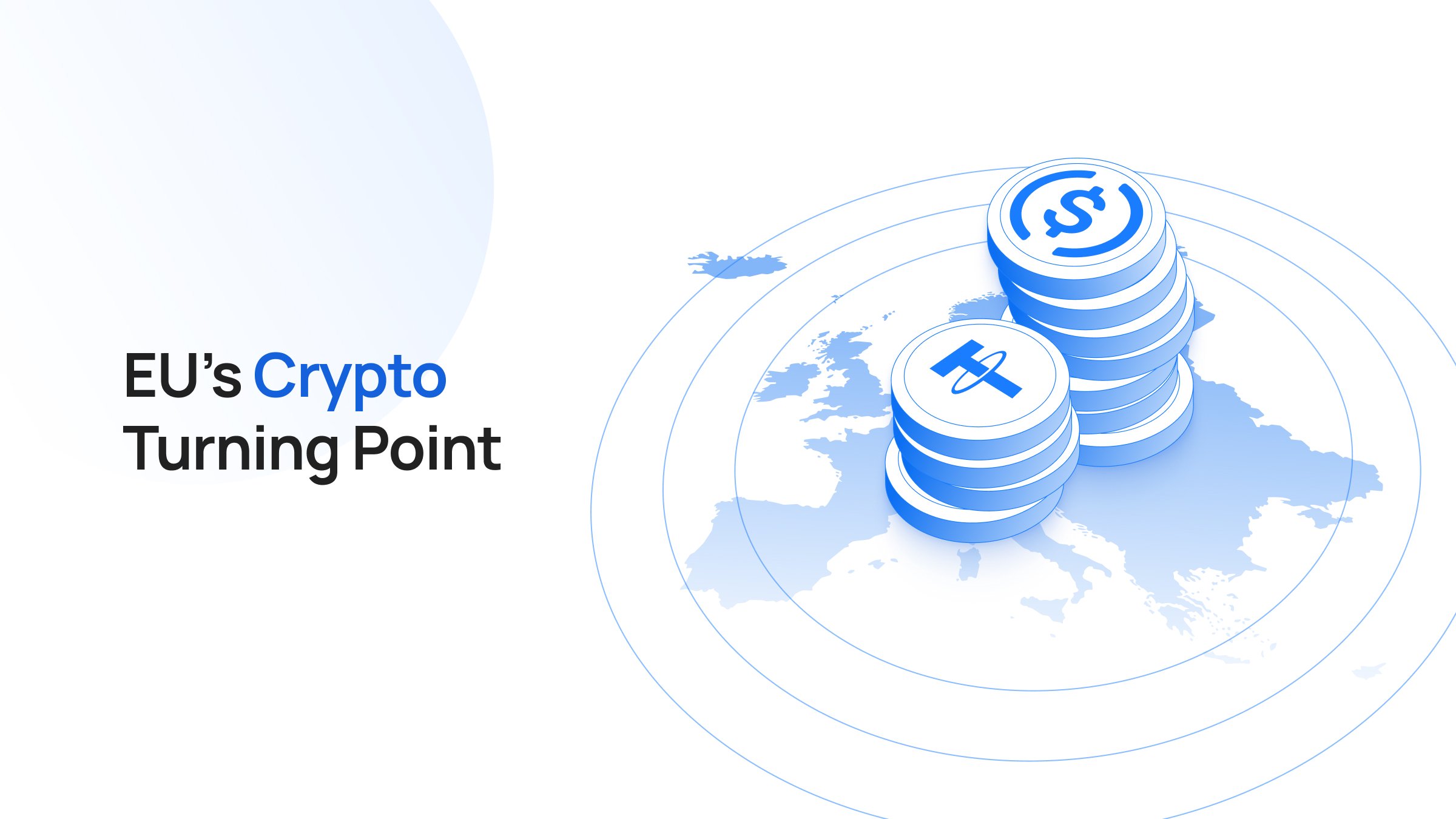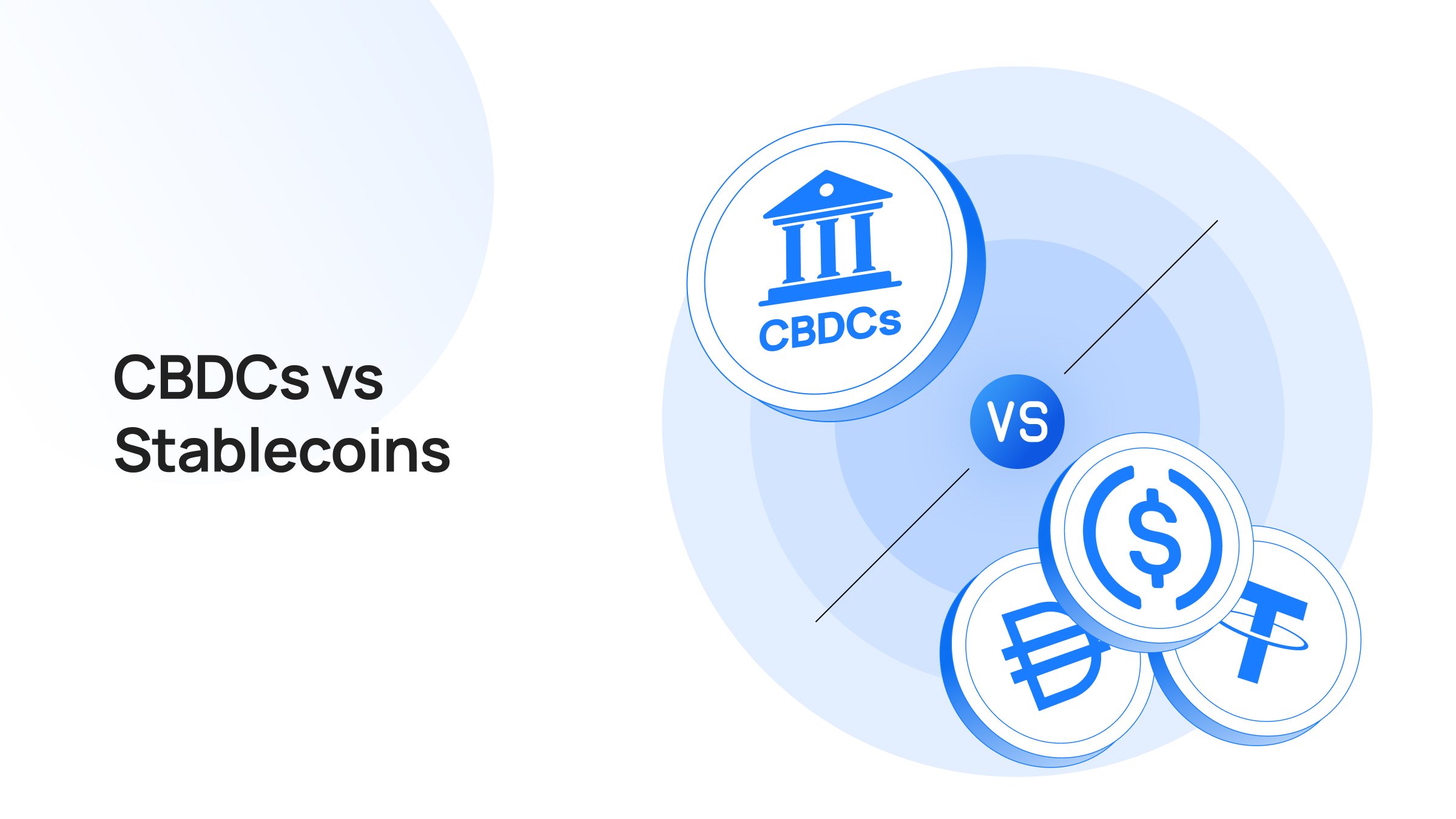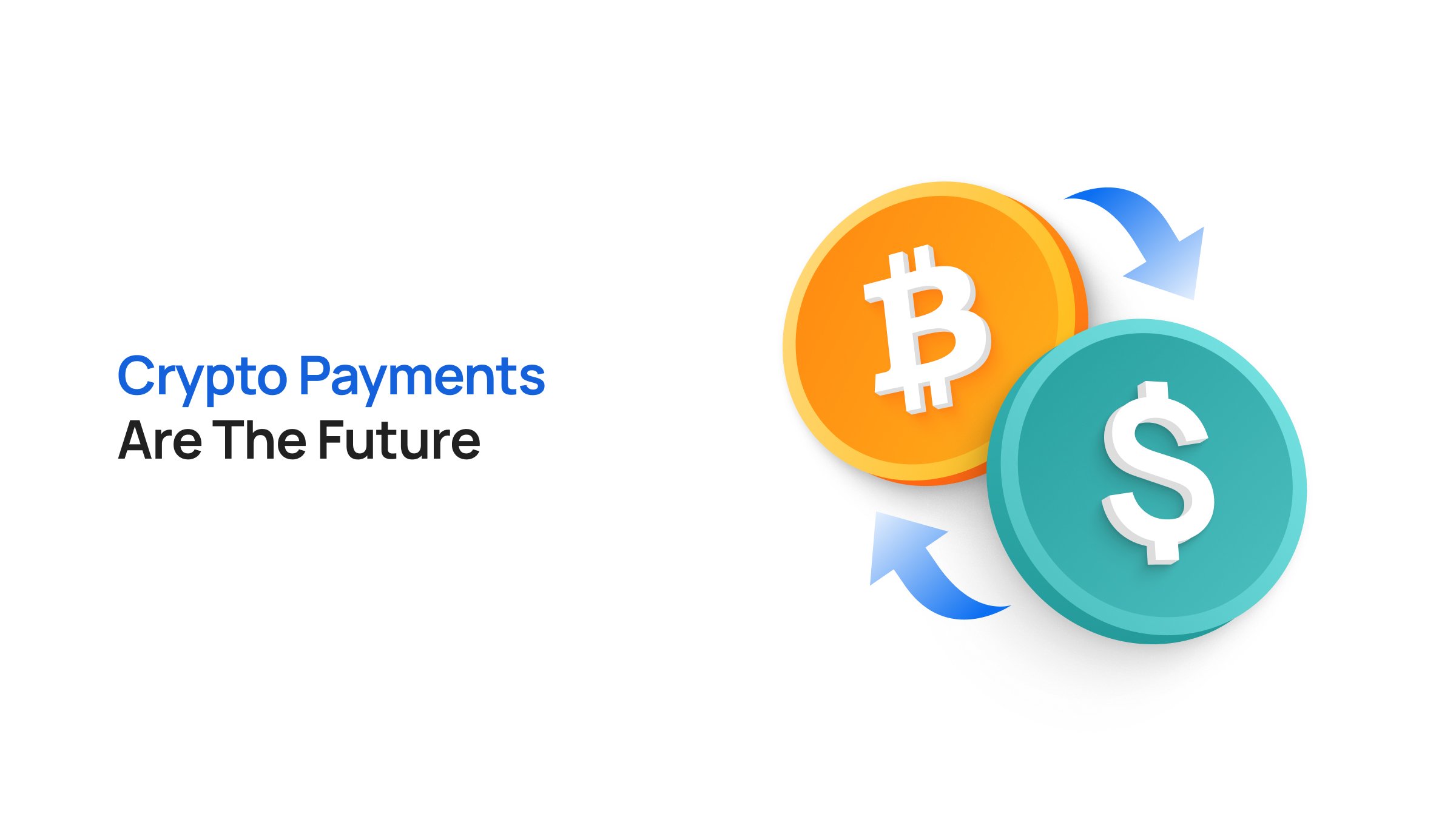Takeaways
- The EU Travel Rule makes identity data mandatory for every crypto transfer involving a regulated service provider.
- The Travel Rule extends FATF’s global anti-money-laundering standards to crypto, ensuring that sender and receiver information “travels” with each transaction.
- Crypto-Asset Service Providers (CASPs) must collect, verify, and transmit this data under MiCA-aligned rules.
- The Travel Rule ultimately strengthens trust, enabling banks and enterprises to adopt crypto safely.
- Transak leads compliance by design, embedding Travel Rule data exchange, encryption, and self-custody verification directly into its on/off-ramp infrastructure.
Crypto was meant to move money as easily as sending a text. But the EU recognized the potential accountability gaps (and the plausible deniability) that crypto service providers could exploit in the absence of oversight.
As billions began flowing through exchanges, stablecoins, and payment apps, regulators saw the need for crypto transactions to carry the same identifying information that accompanies traditional fund transfers.
This idea is now law under the European Travel Rule, part of the Transfer of Funds Regulation (TFR). It requires every regulated crypto service provider (from on-ramps to custodial wallets) to attach verified sender and receiver details to each transfer, regardless of value. Even a small $5 stablecoin payment must now include this data.
The goal isn’t to slow crypto down, but to make it accountable.
In this article, we’ll unpack what the Travel Rule means, how it works in practice, and how it’s reshaping crypto payments, stablecoin transfers, and self-hosted wallets across Europe.
What Is the EU Travel Rule?
The Travel Rule (a.k.a. Transfer of Funds Regulation) is a global anti-money-laundering (AML) standard originally designed for banks and money transmitters. It comes from Recommendation 16 of the Financial Action Task Force (FATF), an international body that sets guidelines to prevent money laundering and terrorist financing.
In 2019, FATF extended this same requirement to virtual asset service providers (VASPs) such as crypto exchanges, custodial wallets, and payment processors. The goal was simple: make crypto transactions traceable enough to catch bad actors, without outlawing legitimate transfers.
In simpler words, it's a requirement that companies must follow if/when they are moving money in the EU. The rule dictates what details a transaction must carry when money “travels” in the EU. Hence, the name.
What is the requirement?
To attach specific originator and beneficiary data to value transfers so that receiving institutions can screen, reconcile, and trace funds. In crypto, the rule applies to Crypto-Asset Service Providers or CASPs.
What must travel with the transfer?
- Names
- Account or wallet identifiers
- CASP details
- Jurisdictional information
When does it apply?
- EU CASP to EU CASP: applies to every transfer regardless of amount.
- CASP to self-hosted wallet: risk-based checks always apply, and ownership verification is required from €1,000.
- DeFi or self-custody to self-custody: outside scope for now unless a CASP is involved.
Also Read: How MiCA is opening New Grounds for Stablecoin Adoption in the EU?
Transfer of Funds Regulation (TFR) operates in tandem with Regulation (EU) 2023/1114, commonly referred to as MiCA (Markets in Crypto-Assets). MiCA defines the broader rules for crypto-asset issuance, trading, and service-provider licensing.
If you like nuances, you’ll find it interesting to know that traditional wire-transfer rules apply only to payments exceeding €1,000. But the EU Travel Rule applies to every crypto transaction regardless of value.
Who Must Comply with the Travel Rule (and How to Know If You Do)
If your business touches user funds in any way and operates within or with the EU, you’re expected to implement Travel Rule compliance.
So, the European Travel Rule applies to any business that provides crypto-related financial services within the European Union (collectively known as Crypto-Asset Service Providers (CASPs) under MiCA).
These are entities that send, receive, hold, or facilitate the transfer of crypto assets on behalf of others. If your company is involved in the flow of crypto funds (and not just developing blockchain technology) there’s a good chance you fall under this category.
Entities required to comply:
- Centralized exchanges: where users buy, sell, or swap crypto assets
- Custodial wallet providers: who hold or manage private keys for users
- On- and off-ramp providers: enabling conversion between fiat and crypto
- Payment processors and merchant gateways: accepting or settling crypto transactions for goods and services
- Crypto brokers and dealers: executing transactions or matching buyers and sellers
- Custodians and portfolio managers: managing crypto holdings for clients
- Crypto ATMs and kiosks: if operating under a regulated license
If any of these apply, your company is considered a CASP, and the Travel Rule obligations apply to every crypto transfer you facilitate, regardless of the amount.
How to check if your company is in scope
- Look at your role in the transaction flow: Do you send or receive crypto assets on behalf of customers? If yes, you’re likely covered.
- Check your licensing or registration status: If your company is licensed or registered as a CASP, VASPs, or under an EU national AML regime, compliance is mandatory.
- Assess customer control: If users have full control of their private keys (non-custodial/self-hosted wallets), those transfers are out of scope — unless your platform interacts with them as a regulated intermediary.
- Review cross-border operations: If you send or receive crypto transfers involving an EU-regulated entity, you must apply the rule, even if you’re based outside the EU.
Why Did the EU Create The Travel Rule?
When crypto adoption began to scale, European regulators noticed a growing gap. Billions of euros were moving across blockchains without the same identity checks required in banking. Unlike traditional money transfers, crypto transactions didn’t include verified information about who was sending or receiving the funds. The just had wallet addresses.
That lack of traceability created plausible deniability. Service providers could move assets without always knowing whether the source was legitimate, making it difficult to detect fraud, money laundering, or sanctions evasion.
The European Union’s goal with the Travel Rule was not to ban crypto, but to apply consistent anti-money-laundering (AML) and counter-terrorism financing (CFT) standards across both traditional and digital finance. By enforcing identity data to “travel” with crypto transfers, the EU aims to:
- Close the accountability gap between banks and crypto service providers.
- Protect consumers from fraud, hacks, and untraceable losses.
- Enable law enforcement to track illicit flows when needed.
- Build regulatory trust so institutions and payment networks can safely adopt crypto.
In short, the Travel Rule is how the EU ensures that crypto can scale responsibly with guardrails that make it credible for mainstream use, without stripping away the innovation that makes it valuable.
How the Travel Rule Changes Crypto Payments
The Travel Rule re-architects how crypto moves within Europe. Transfers that once relied on pseudonymous blockchain addresses now carry verified, encrypted identity metadata.
1. Exchanges Become Banks in Compliance Terms
Every EU-licensed CASP must now collect and share transaction metadata.
If either side of a transaction is missing required details, the CASP can pause or reject it.
If any field is missing, the transfer is automatically paused or rejected. For users, the process looks unchanged. For service providers, it’s a complete back-end overhaul.
2. Merchant Payments and Stablecoins
Merchants accepting USDC, USDT, or PYUSD through regulated processors must now pass the same checks as wire payments. Both the payer and merchant wallet are verified, and every stablecoin transaction carries originator and beneficiary data.
Payment providers across Europe have rebuilt their systems so that KYC data travels alongside stablecoin transfers for Travel Rule-compliant crypto commerce.
3. Institutional Comfort Is Rising
Rather than stifling growth, the Travel Rule is unlocking institutional participation.
With clear compliance rules, banks and corporates can now:
- Use stablecoins for settlements and treasury operations
- Integrate with CASPs without AML risk
- Offer crypto payment rails to clients under MiCA-aligned supervision
4. On/Off-Ramps Must Embed Compliance
For Transak, the Travel Rule adds a compliance layer to each transaction, from fiat-to-crypto, crypto-to-crypto, and crypto-to-fiat.
- Partner CASPs now attach sender/receiver metadata to crypto flows.
- Transfers to self-custody wallets require ownership verification.
- Compliance is automated within the routing logic to preserve speed and UX while ensuring full AML alignment.
5. DeFi and Self-Custody: The Gray Zone
Transfers between CASPs and self-custody wallets must include wallet-ownership proof (e.g., a signed message). Transfers purely between two self-custody wallets remain outside Travel Rule scope for now.
This creates a gray area where regulated and decentralized finance intersect. Bridges simplify that friction by verifying wallet ownership while keeping user control intact.
Why The Travel Rule Helps Crypto Adoption
Most people see “regulation” as “restriction.” While that may be true in some cases, the European Travel Rule is actually helping speed up crypto adoption and Web3 payments by validating and legitimizing the space.
Transparency Builds Trust
By introducing clear, enforceable compliance standards, the Travel Rule does for crypto what Know Your Customer (KYC) did for online banking: it builds trust.
Once regulators, banks, and enterprises are confident that crypto transactions meet the same safety standards as traditional payments, they’re far more likely to integrate it into their systems.
The Travel Rule also gives institutions, regulators, and auditors a verifiable data trail. That’s the single biggest precondition for bank participation and enterprise adoption.
Fraud Reduction and Safer On-Ramps
Verified sender and receiver data allows fraudulent activity from exchange hacks to wash trading to become easier to trace. Clear accountability in transaction records has already reduced cross-platform scam reports by double digits in pilot regions.
Interoperability with State Systems
The Travel Rule’s standards align closely with the European Central Bank’s Digital Euro blueprint, ensuring that private stablecoin rails can plug into future CBDC systems.
Global Standardization
Other jurisdictions, like the UK, Singapore, and Japan, are implementing similar travel-rule frameworks. That’s good news for cross-border compliance. For instance, a regulated crypto transfer from Paris to Tokyo can soon be as predictable as a SWIFT payment.
Why Some People Oppose The Travel Rule
Not everyone sees the Travel Rule as progress. Many in the crypto community treat it as a move that threatens privacy, user freedom, and the open nature of blockchain.
Critics argue that while the rule aims to make crypto safer, it also introduces risks and inefficiencies that could slow innovation and centralize control in the hands of large, well-funded companies.
Loss of Privacy
Every compliant crypto transfer now leaves an auditable trail linking real-world identities to on-chain activity. Privacy researchers and groups argue that this identity tagging erodes financial autonomy.
Under GDPR, data minimization and consent are legal requirements, but under the Travel Rule, CASPs must store and share identifying data, often across borders. If improperly secured, that metadata can expose users to risks far beyond finance.
In a few publicized cases, hackers and extortionists have targeted known crypto holders using leaked exchange data, turning KYC compliance into a personal safety risk.
Creates New Cybercrime Targets
The growing network of regulated CASPs exchanging user data creates an attractive honeypot for attackers. Breaches could expose not just wallet addresses but physical addresses and ID numbers.
Security experts warn that this kind of data centralization multiplies attack surfaces, raising the risk of doxxing, kidnapping, or financial blackmail.
Higher Costs and Concentration Pressure
Integrating Travel Rule messaging, KYC linkage, and secure storage raises operational costs for CASPs. Smaller providers may struggle, leading to market concentration among large exchanges or licensed PSPs that can bear compliance costs.
It also heightens regulatory capture and increases the too-big-to-fail footprint in crypto infrastructure.
Poor Interoperability and Higher Friction
CASPs are still standardizing messaging protocols like TRISA, OpenVASP, and Notabene for encrypted data exchange. Inconsistent implementations cause delays, failed transfers, and higher customer support loads, adding operational friction to a system built for instant payments.
Innovation Drain
The Travel Rule, upcoming privacy coin restrictions (by 2027), and MiCA passporting friction taken together can risk Europe getting over-regulating itself into stagnation.
Also Read: Privacy Coins Will Make You Untraceable. 6 Privacy Coins to Know in 2025
Startups building DeFi or privacy-preserving tools may relocate to the U.S. or Asia, where the regulatory environment is clearer or lighter.
Data Sovereignty and GDPR Crossfire
The Travel Rule also exposes a deeper tension around data sovereignty. When crypto data crosses EU borders, so do GDPR obligations. CASPs must determine:
- Who owns the transaction data?
- Which country’s law applies in a cross-border dispute?
- How long can this personal data be stored?
Without harmonized guidance, CASPs risk being caught between AML compliance and GDPR violations, two EU mandates that don’t always align.
Why Partners Choose Transak for EU-Compliant On-Ramps
To grow in the EU, you need more than a partner that can navigate the regulatory map with precision. That’s where Transak stands out.
Here’s why global wallets, exchanges, and fintechs integrate Transak’s infrastructure:
- Full licensing coverage: Transak operates under multiple regulatory regimes and aligns with MiCA and the EU’s AML directives, ensuring every transaction is audit-ready.
- Local payment rails: From SEPA in Europe to PIX in Brazil, Transak connects crypto payments with local systems that users already trust.
- Bank-grade security: End-to-end encryption, SOC II compliance, and GDPR-aligned data handling make each transfer both compliant and secure.
- Developer-first integration: Transak’s SDKs and APIs embed KYC, Travel Rule data exchange, and fiat conversion in a few lines of code, saving months of engineering work.
- Future-proof infrastructure: As global standards evolve, Transak continuously updates its backend to maintain interoperability with regulated partners worldwide.
Transak helps companies stay compliant without losing speed, scale, or UX quality. Regulation, which was a constraint for businesses, is now a competitive advantage with Transak.
Conclusion
The European Travel Rule is a turning point for the maturity of crypto as a global financial system. It signals that digital assets have outgrown the experimental stage and are now being integrated into the same regulatory architecture that powers banks, fintechs, and payment networks.
Yes, it adds complexity. But with the right infrastructure, it also adds credibility. The Travel Rule brings accountability, traceability, and legal clarity, which are the exact ingredients that institutional investors, payment providers, and governments need to fully embrace crypto.
For builders, the message is that compliance is no longer optional (nor does it have to be painful). Transak shows that it’s possible to meet the EU’s highest regulatory standards while keeping crypto payments fast, intuitive, and global.
Integrate Transak Today





